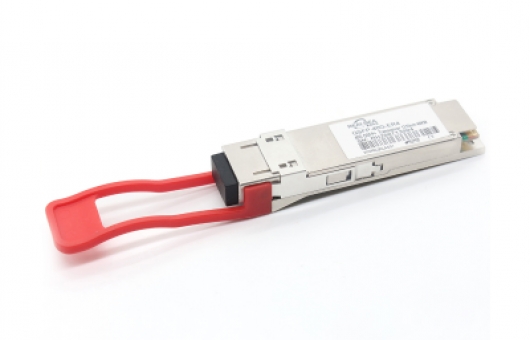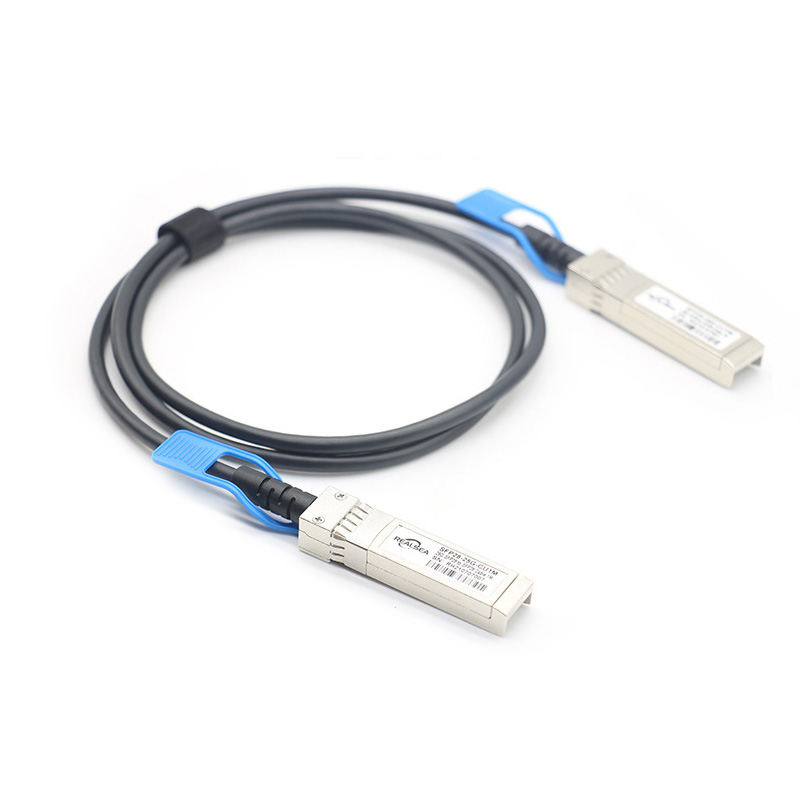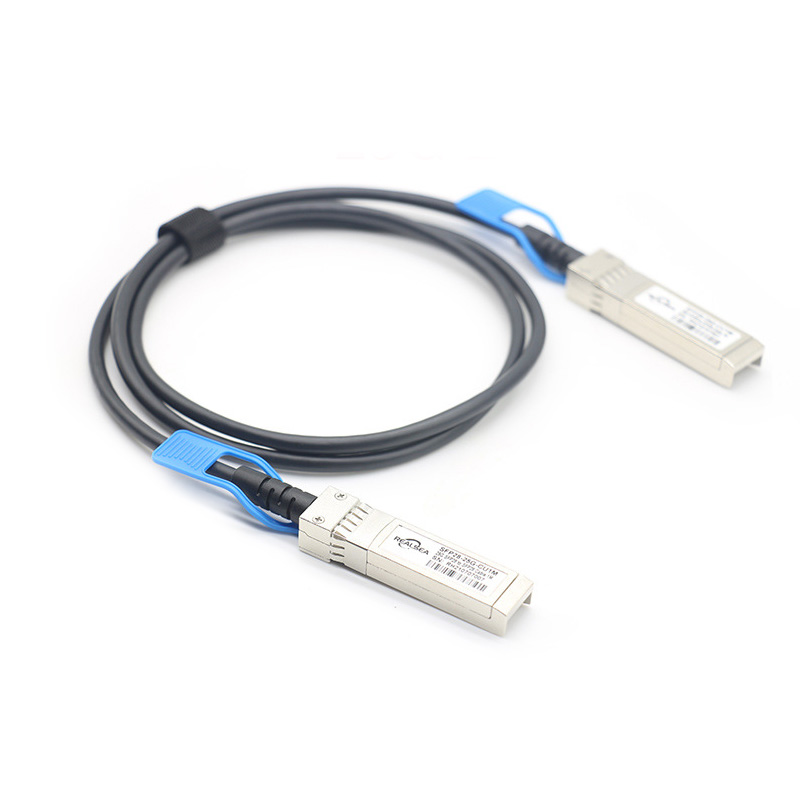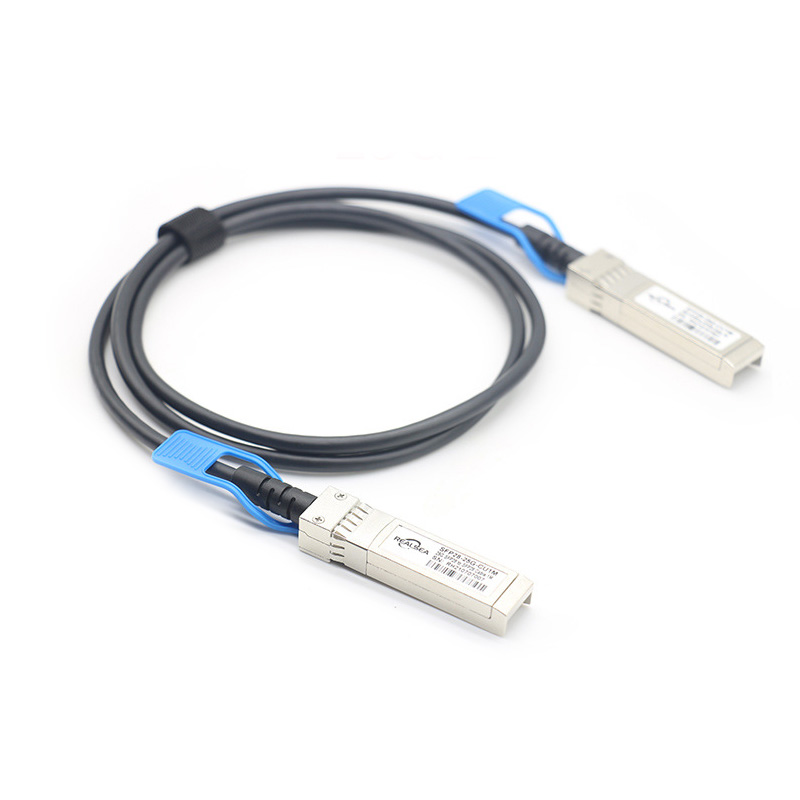Release Date: Sep 23,2022

Ethernet has become one of the most commonly used enterprise communication standards in the world. As most enterprises move from traditional information systems to web-based applications, bandwidth utilization across enterprise networks is increasing dramatically. In addition, new technologies such as desktop conferencing systems, net-based virtual conferencing systems, and group-oriented productivity applications are driving the rapid growth of today's network applications.
The ever-increasing bandwidth requirements have forced switch-router equipment developers to design systems with scalable capabilities to meet the ever-increasing bandwidth demands. This trend is also fully reflected in the number of ports on the switch-router. A typical switch-router port count has expanded from 8 ports per system to over 72 ports per system.
The key challenge facing switch-router designers today is increasing port density while reducing system cost, power consumption, and system size. To solve the above problems, the industry has introduced multi-port Gigabit Ethernet transceiver (serializer/deserializer) devices.
Gigabit Ethernet can be divided into two groups. The first set of transceivers are collectively referred to as 1000BaseT transceivers (Gigabit Ethernet PHY over copper, IEEE 802.3ab compliant). The second group of transceivers, called electronic transceivers, are used to drive optical modules such as small form-factor pluggable (SFP) and gigabit interface converters (GBICs). These transceivers are commonly referred to as Gigabit Ethernet transceivers or serializers/deserializers (IEEE 803.z compliant). The second type of transceiver has a large impact on system cost, power consumption, and size.
As more and more 10/100/1000BaseT ports are deployed in enterprise networks, it is important to understand that the bottleneck of routers is mainly in the upstream ports of Gigabit Ethernet. So, to solve this problem, not only need to add more Gigabit Ethernet upstream ports on the switch router, but also need larger Gigabit Ethernet switches in the wiring closet/data center. After 10 years of continuous development, the Gigabit Ethernet transceiver used to drive the optical upstream port has gradually evolved from a single-port device to a large and complex multi-port system-on-chip. This development illustrates that as 10/100/1000BaseT ports continue to grow, Ethernet switch-router designers must continue to increase the number of upstream ports.

25G SFP28 DAC is a 25GBASE-CR direct attach copper cable for data center environment. It provides a high speed, cost-effective alternatives to fiber optics in 25GbE Ethernet applications.

fiber pigtail is typically a fiber optic cable with one end factory pre-terminated fiber connector and the other exposed fiber.

This Article just briefly overviews 10G and 25G Ethernet (25Gb) technologies, focusing on the SFP+ transceiver and SFP28 transceiver.